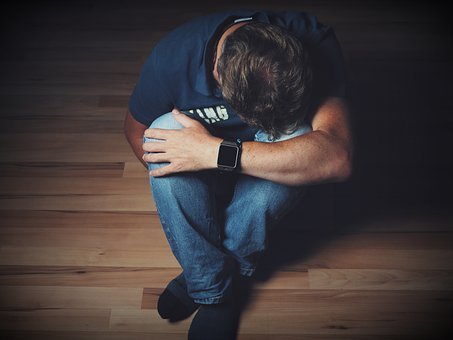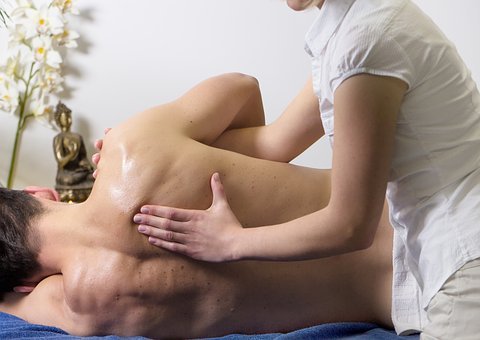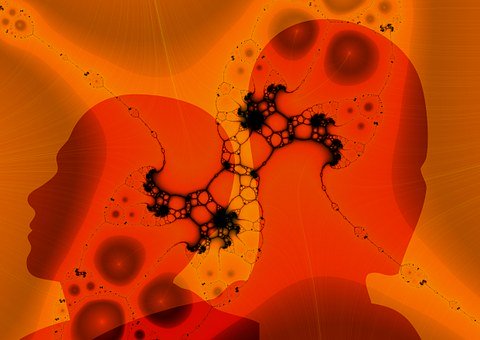Mechanism of Pain in Chronic Prostatitis
Date:2020-04-18 click:0

Chronic prostatitis(CP) is a common disease in urology, and its treatment is challenging. Pain is the main symptom. Although the etiology of CP is different, pain is the main manifestation, and there is no difference in the nature and characteristics of pain. Some scholars think that CP may originate from a single etiology, multiple factors involved, and eventually develop into a chronic neuropathological state.
More and more scholars begin to pay attention to the research on the mechanism of CP pain. There are several theories about the mechanism of pain:
Spasmodic pain of pelvic floor muscles
In the urodynamic study of CP patients, it was found that the maximum and average flow rate decreased, the maximum urethral closure pressure increased abnormally during the rest period, the external sphincter was partially relaxed, and there were different degrees of bladder or/and urethral muscle dysfunction, which had no difference between the patients with chronic prostatitis and those with chronic prostatitis.
The above phenomenon shows that the pathological changes of the prostate itself are not necessarily the direct cause of pain. At the same time, some patients with CP can reduce pain symptoms by prostate or pelvic floor massage. Therefore, many scholars think that CP pain is a kind of spasmodic pain of pelvic floor muscles.
Some scholars also think that CP pain is a kind of spasmodic reflex pain of pelvic floor and perineum muscle caused by spinal cord reflex after prostate stimulation.
At the same time, the spasticity of the pelvic floor muscle group and the dysfunction of bladder neck make the pressure of prostate urethra increase during urination, the urine in urethra flows into prostate reversely, resulting in the urine reflux in the prostate, thus causing "chemical prostatitis," forming a vicious circle of pelvic floor muscle dysfunction and prostatitis, leading to intractable pain.
CP patients have obvious mental and psychological disorders, which are mainly manifested as anxiety, depression, physical tension, and so on. Because of the influence of these mental and psychological factors, it causes the disorder of autonomic nerve function in the whole body, which leads to or aggravates the disorder of neuromuscular function in the posterior urethra. Continuous physiological (inflammatory) and psychological stimulation can cause muscle tension rise, muscle spasm, and decrease blood supply of muscle.
Muscle tension activity can also cause an increase of heat production and metabolism products, such as potassium, lactate, histamine, kallikrein, etc. Ischemia and the increase of metabolites lead to the aggravation of pain, which forms a vicious circle of pain and pelvic floor dysfunction. Therefore, pelvic floor spasm may be the cause and result of CP pain.

Neurogenic inflammation
Recently, some scholars think that neurogenic inflammation plays an important role in the pathophysiological mechanism of CP and prostate pain. It is generally believed that harmful stimulation can cause an increase in local tissue pain-causing substance levels.
When the nociceptor is stimulated, the nerve fiber endings can release the substance causing nociception. Primary sensory transmission fibers can achieve efferent function through axon reflex, participate in the production of neurogenic inflammation, resulting in hyperalgesia and local redness.
Cell factor
Cytokines play an important role in the production of pain in prostatitis. NGF is involved in the regulation of gene expression and protein-coding of DRG neurons, which increases the sensitivity of the body to nociceptive stimulation. In tissue inflammation, NGF released by fibroblasts and Schwann cells stimulates mast cells to release histamine, which directly acts on peripheral sensory nerve endings, increases its excitability, and accelerates the generation of hyperalgesia.
In addition, NGF, cytokines, and neuropeptides can form positive feedback regulation and participate in the formation and maintenance of chronic pain in patients with CP. Oxygen-free radicals, histamines, and prostaglandins may also play a role in the mechanism of pain.

Implicated pain
The results showed that the nociceptive afferent neurons of prostate and perineum overlapped or crossed in the spinal cord, which constituted the anatomical basis of the pain involved in prostatitis.
Chronic prostatitis can cause pain in the perineum and other parts through the axonal reflex of DRG cells and visceral, somatic, visceral, and visceral reflex of the spinal cord. It can also cause hyperalgesia and spontaneous pain in the perineum and other parts through increased excitability of central neurons.
You may also be interested in:
Can Exercise Help You Get Rid of Chronic Prostatitis?
Natural Treaments for Chronic Prostatitis
Testimonial: 7 Years Chronic Prostatitis Cured Successfully
You may also be interested in:
Can Exercise Help You Get Rid of Chronic Prostatitis?
Natural Treaments for Chronic Prostatitis
Testimonial: 7 Years Chronic Prostatitis Cured Successfully



